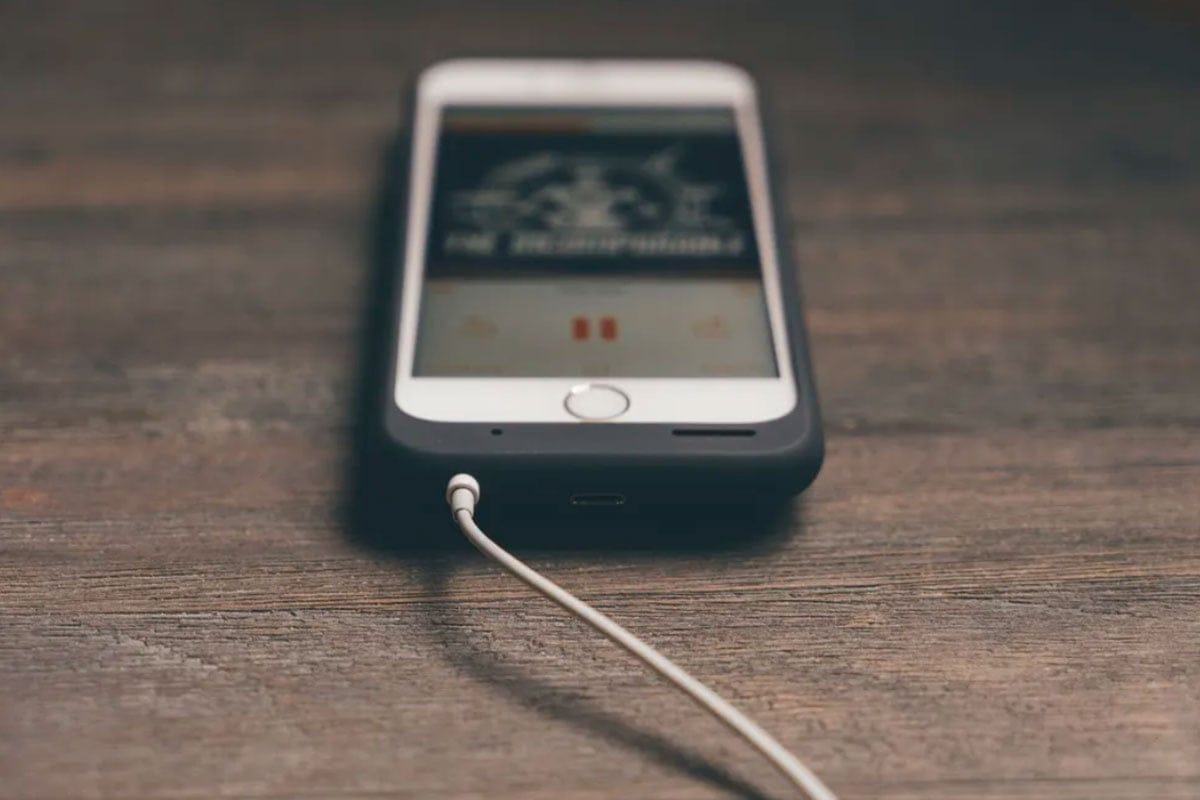Did you know that Apple iPhones, post the iPhone 7, come with battery health that starts degrading from the moment you activate an Apple iPhone?
Also, did you know that all Apple products are built in such a way that there is no way to repair them on your own… In simple words, iPhones naturally deteriorate over time.
CHECK OUT: How To Tell If Someone Is Spying On Your iPhone?
This means that the iPhone battery will slowly lose its ability to hold power and your phone’s battery life shortens dramatically over time.
Apple includes a way to monitor the health of your battery, so you know when it may be time to replace it. But, what do this battery health and cycle count mean? And how can you manage to keep it at 100 percent?
Let’s figure it out!
What Does iPhone Battery Health Mean?
The ‘Battery Health’ page is a detailed look at the remaining battery capacity on an iPhone. It also displays whether you should expect your battery to reach its full life expectancy.
Apple’s official website site shows that: “Maximum Capacity is a measure of battery capacity relative to when it was new”.
Lower capacity may result in fewer hours of usage between charges. If your iPhone has a 100% battery life, then this is better than any other indicator you have due to the fact that it’s now full and therefore, being counted as being 1.0 at its maximum capacity.
CHECK OUT: How To Turn A Live Photo On iPhone Into A Video?
Apple says that their devices in general are designed to retain up to 80% of their original capacity after 500 complete charge cycles, which generally takes about two years of use.
It means you’re playing safe if your battery health is up to 80%. In contrast, if you’ve got an iPhone 7 whose BH is lower than 80%, replace the battery for better performance.
What iPhone Battery Capacity Is Considered Optimal Condition?
You might think that because Apple says a 100% battery is optimal. However, that’s not quite right! In fact, batteries are in optimal condition when they have 80% or more juice, but not 100%.
Apple offers a 1-year warranty with complete coverage under the condition that you only use genuine Apple parts and accessories. It’s not unusual to see iPhones that are still holding on to 80% capacity after one year of owning them.
CHECK OUT: 3 Cheap iMac Deals Available Right Now On Amazon
The reason Apple is able to get away with this is that their phones come with excess power, which allows them to operate at optimum capacity even when Battery Health states 80%.
Your phone loses battery capacity naturally over time. But it will function within an acceptable range for you as long as you take care of your device and let it recover in between uses. When your battery does become truly damaged, then yes – replacing it will be a good idea.
CHECK OUT: Zenbook, MacBook, Or Surface – What Is The Best Laptop For Artists?
What Are Cycle Counts On iPhone?
The cycle count is the number of times a battery has been charged. So, when you plug in the iPhone and charge it from 20% to any percentage it counts as a cycle. Similarly, it doesn’t matter whether you charge it 65% or 100%.
Many rumors say that if you keep your phone between 20% and 95% charge, it won’t consider a battery cycle count. However, it is a false statement.
